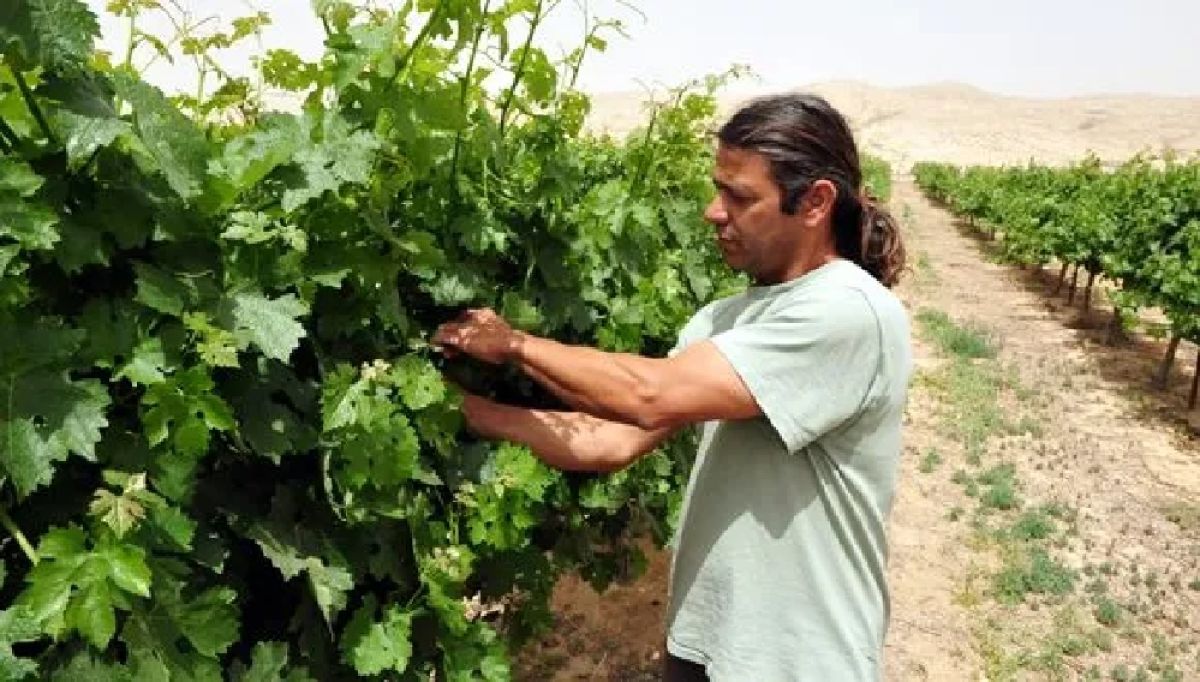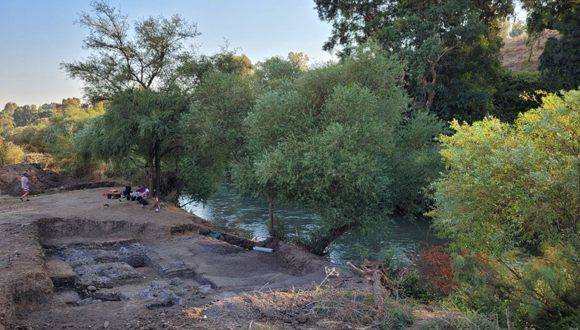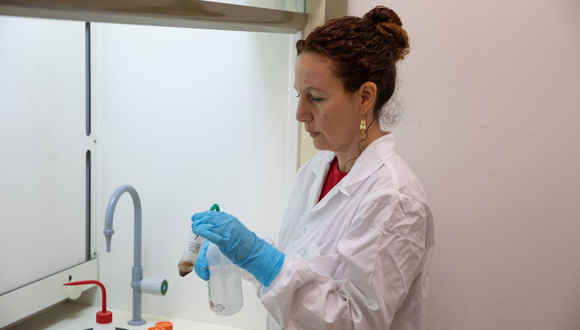TAU and Goethe University Establish Joint Center for Interfaith Studies
First-of-its-kind academic collaboration between Israel and Germany.
Academic collaboration between Israel and Germany is growing, and for the first time, Tel Aviv University in Israel and Goethe University in Frankfurt will establish a joint center. With a focus on interfaith studies, the center will promote research on religion, in particular the monotheistic faiths – a field in which both institutions specialize. The two universities will conduct joint research, hold academic conferences, and train students and researchers in this field.
The agreement for launching the new center was signed during a dedicated “Germany Week” organized at TAU by TAU International and the Student Union of Tel Aviv University, the first is a series of international events led by TAU International and the TAU Student Union, promoting internationality and a global campus by focusing on the cultures of different countries and bringing them to the TAU community.
The signing was attended by the German Ambassador to Israel Susanne Wasum-Rainer, TAU President Prof. Ariel Porat, and the President of Goethe University, Prof. Enrico Schleiff.
“Tel Aviv university has a wide network of collaboration with German universities, more than with any other country in Europe,” says Prof. Milette Shamir, TAU’s VP in charge of international academic collaboration.
“This collaboration includes hundreds of joint research projects as well as hundreds of German students who come to our campus each year. The joint center expands this collaboration in an important new direction and tightens our existing partnership with Goethe University Frankfurt, one of the leading universities in Germany. We hope that in the near future the two universities will expand collaboration to several other areas of common strength.”
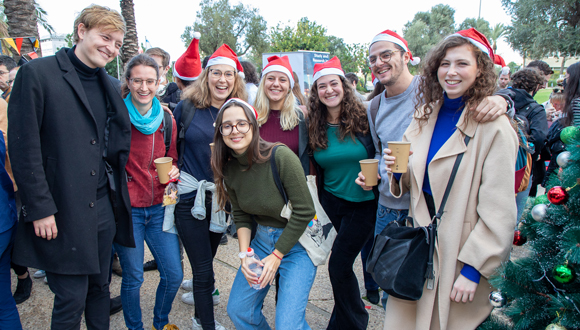
German TAU Students celebrating the International “Germany Week” on Tel Aviv University campus (Photo: Raphael Ben-Menashe)
The Start of an Even Closer Cooperation
Prof. Menachem Fisch, who heads the initiative at TAU says, “I am thrilled to be part of the establishment of a unique, first-of-its-kind center for the study of the monotheistic faiths and their mutual development. This is a worthy initiative, and one more building block in the academic collaboration between the two countries.”
Prof. Enrico Schleiff, President of Goethe University notes that, ”What we are agreeing upon today is, as far as I am aware, unprecedented – at least in the humanities in Germany.”
“It is not merely a formal cooperation between a German and an Israeli university, but rather the development of a highly visible, joint institutionalized international research center. The center is cross-departmental on both sides and working in an area of study that is most relevant to the German and the Israeli society alike: the history of and the present challenges in religious diversity, difference and conflict in pluralistic societies. It will focus on questions regarding inter-religious dialogue, religious fundamentalism and conflict, but also on the rich cultural heritage and the potential inherent in religious traditions. This center is the start of an even closer cooperation.”
Susanne Wasum-Rainer, Germany’s Ambassador to Israel says, “Academic exchange and cooperation is not only a constitutive pillar of German-Israeli relations. It is also a contribution to strengthening research and scientific progress as a global endeavor, in science as well as in the humanities. By declaring their will to establish a joint Center for the Study of Religious and Interreligious Dynamics, the Goethe University Frankfurt am Main and the Tel Aviv University address one of the urgent questions of our time, the role of religious communities in a changing and conflictual world.“
“This MOU marks a new milestone in the special relationship between the two universities and is also another bridge of understanding between Frankfurt and Tel Aviv. The new center will for sure contribute to a better inter-religious dialogue from different angles and perspectives,” concludes Uwe Becker, President of the German Friends Association of Tel Aviv University

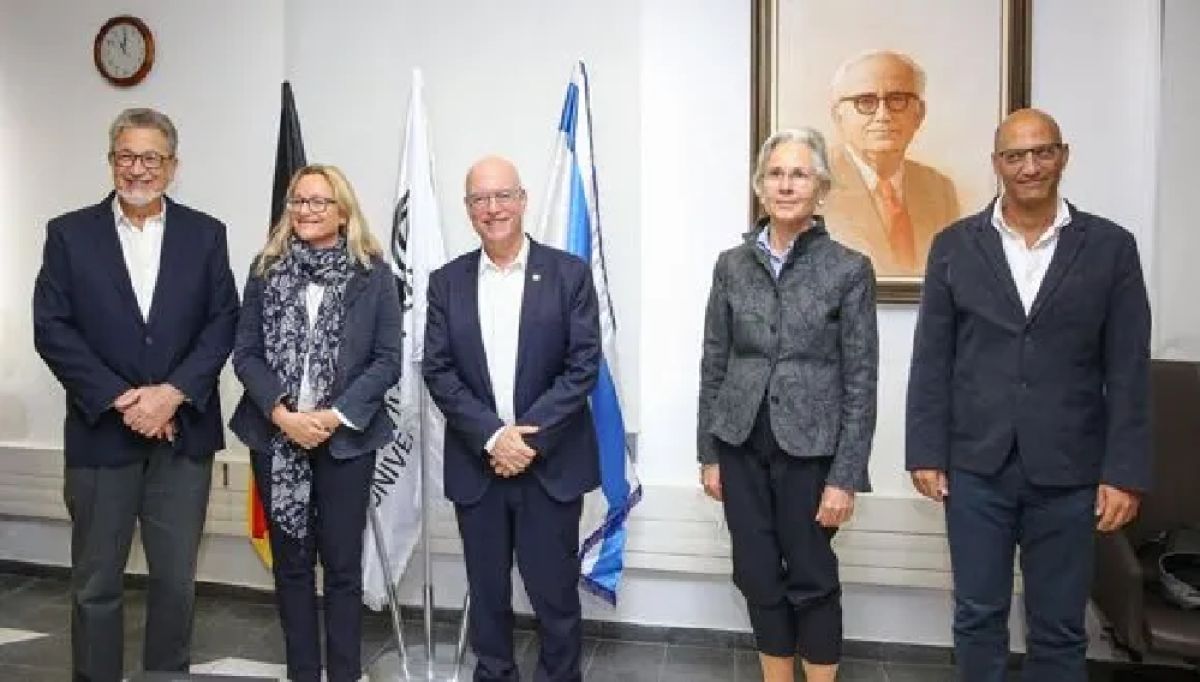

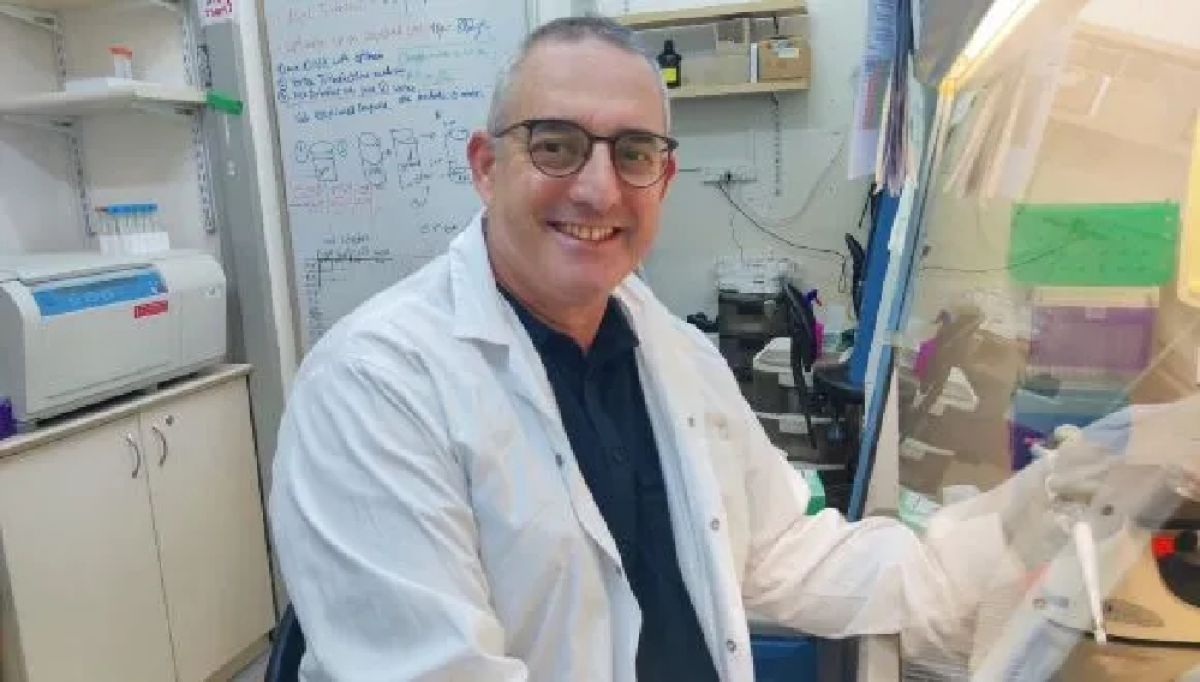
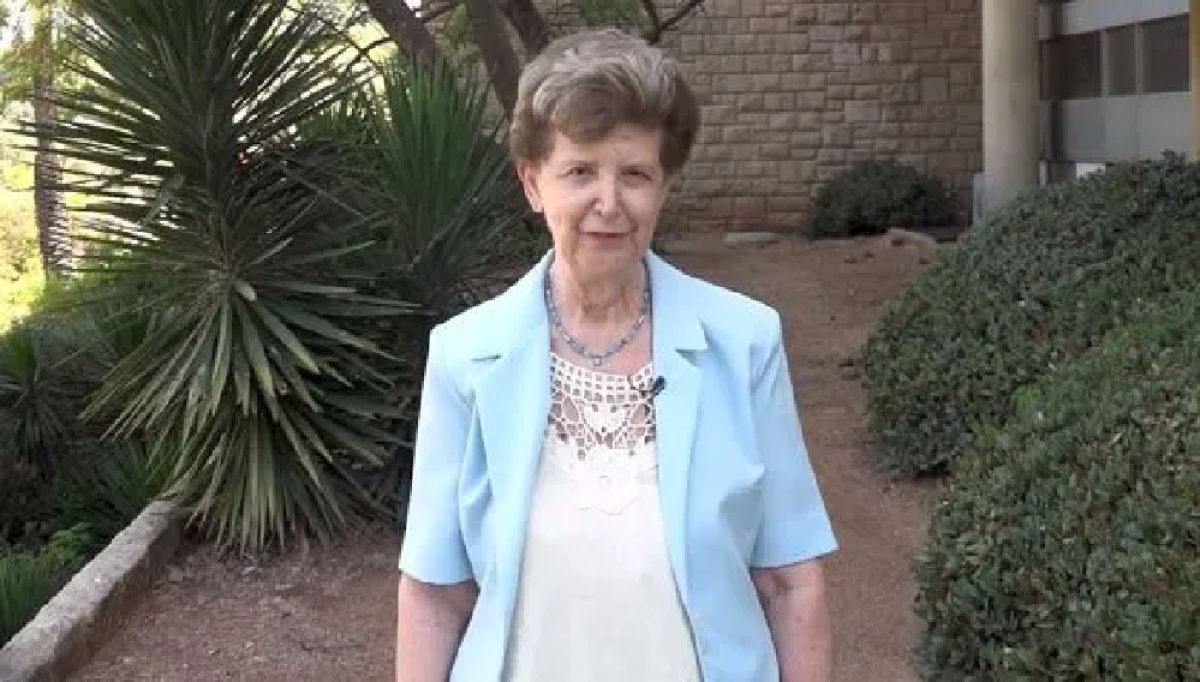
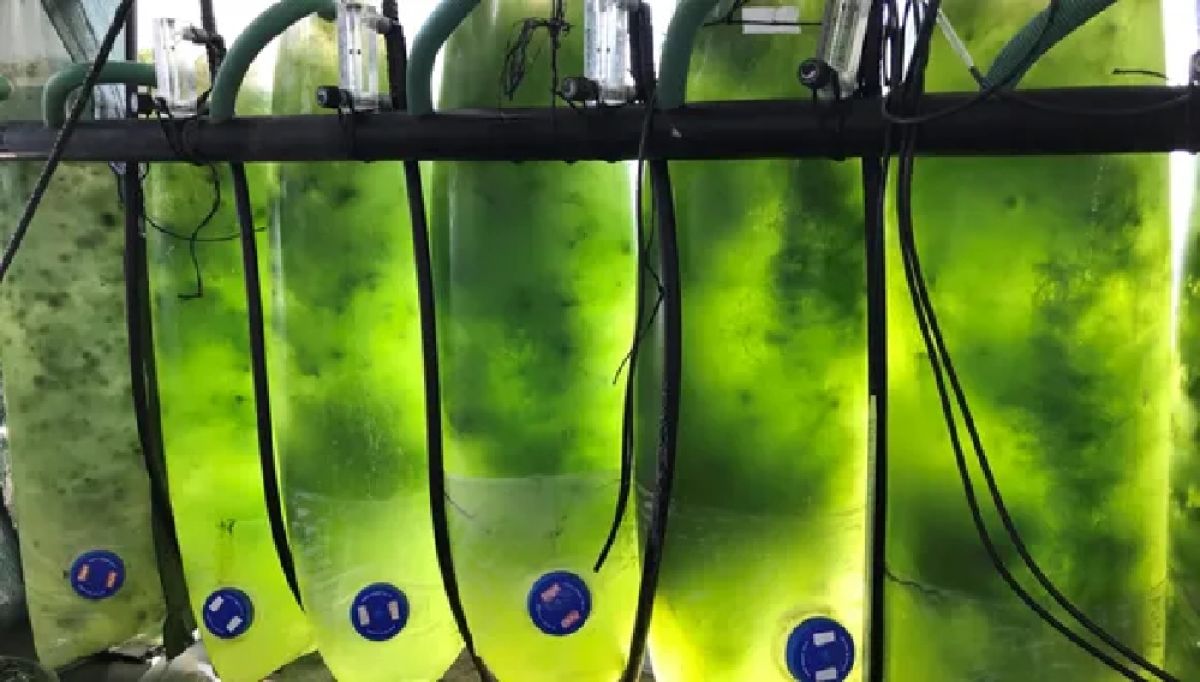
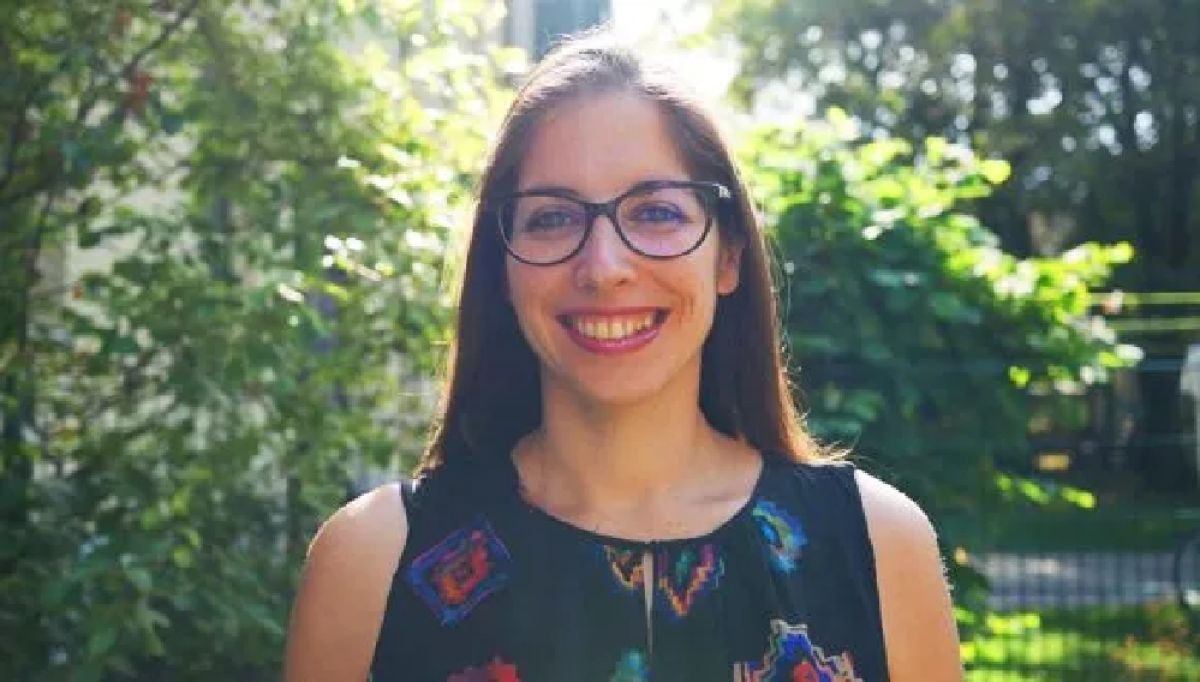
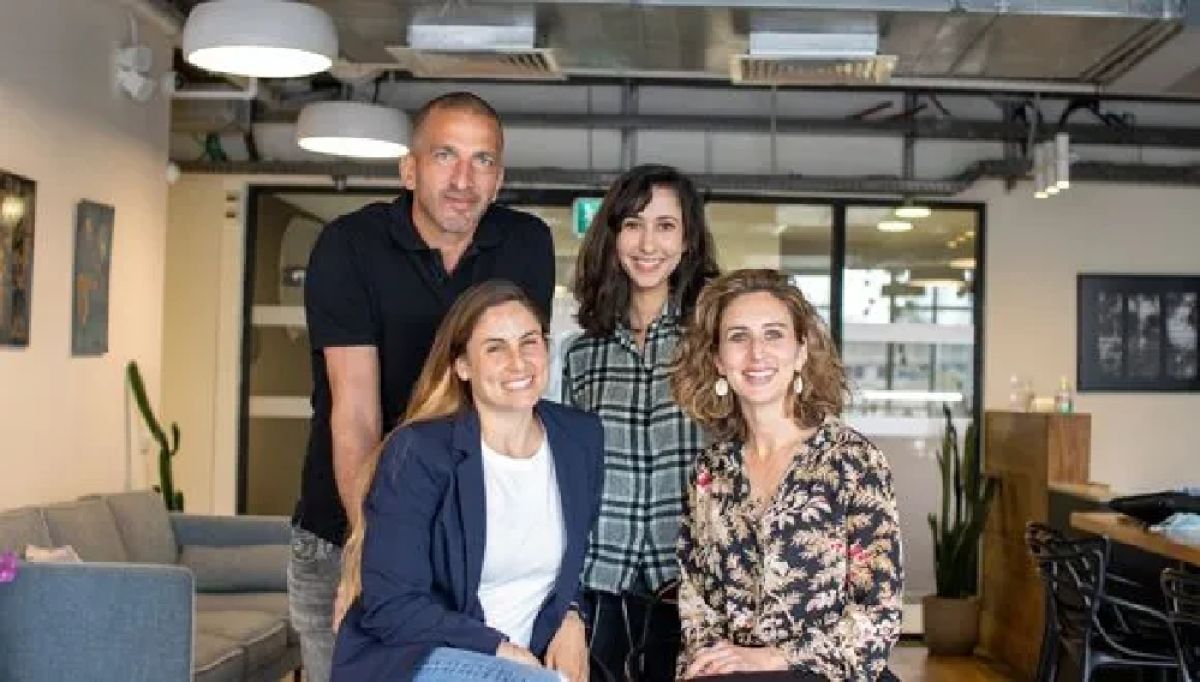
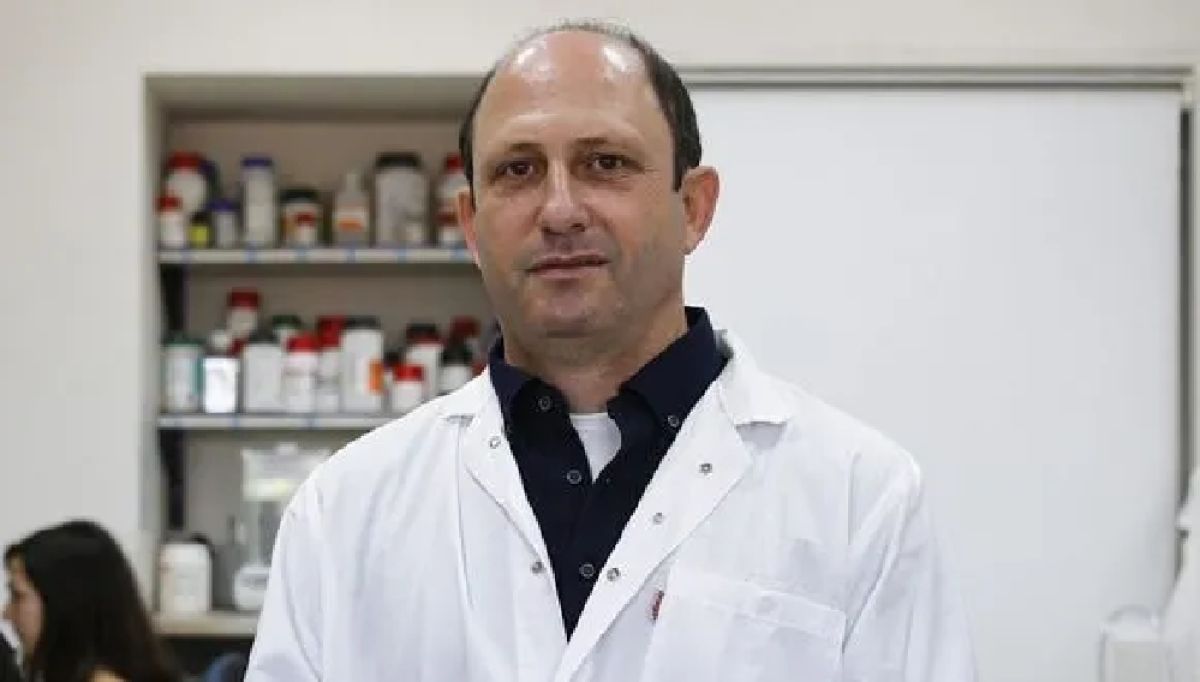
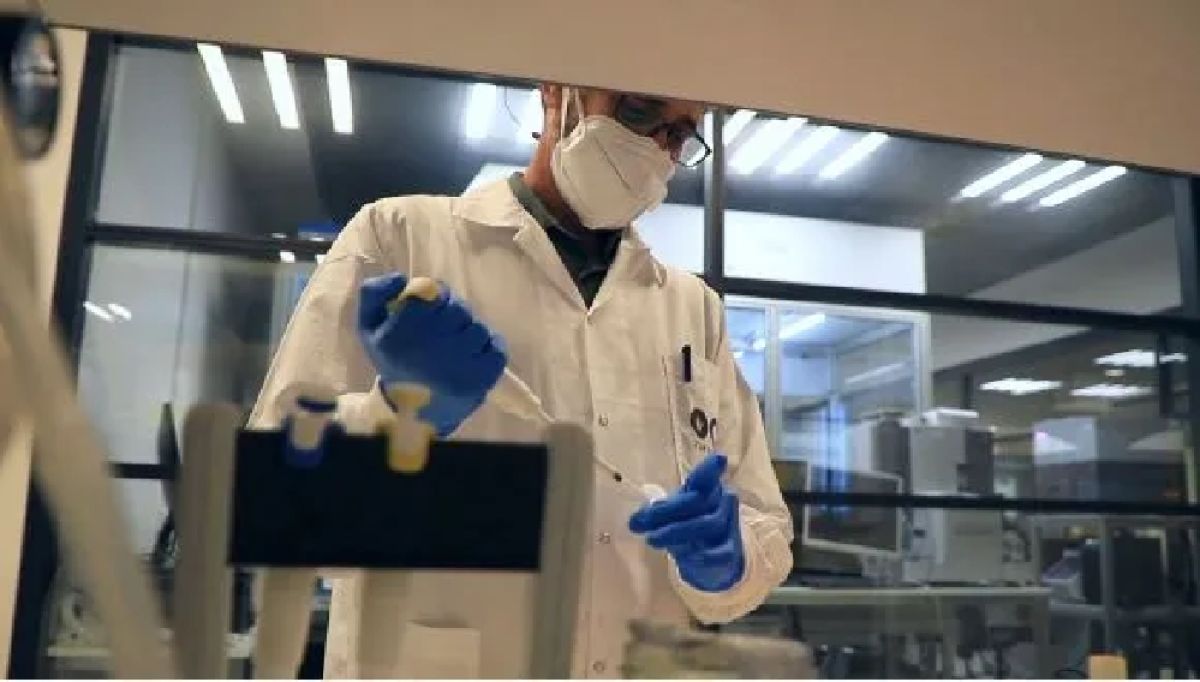
 Prof. Eran Bacharach
Prof. Eran Bacharach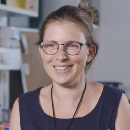 Prof. Adi Stern
Prof. Adi Stern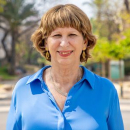 Dr. Bruria Adini
Dr. Bruria Adini